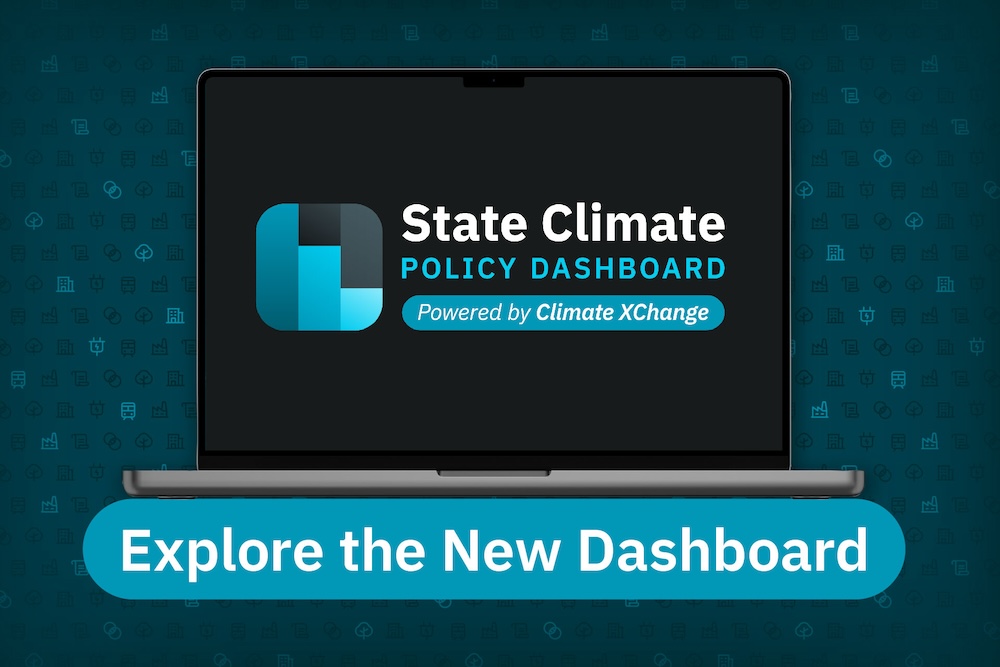Report on Global Progress Towards Eradicating Extreme Poverty
Introduction: Aligning Poverty Reduction with the 2030 Agenda
Global efforts to combat extreme poverty have shown significant progress, a cornerstone of the 2030 Agenda for Sustainable Development. This report analyzes the steady decline in extreme poverty rates, framing these achievements within the context of the Sustainable Development Goals (SDGs), particularly SDG 1 (No Poverty). The reduction of poverty is not an isolated achievement but a critical enabler for progress across the entire spectrum of the SDGs.
Analysis of Progress on SDG 1: No Poverty
The primary target of SDG 1 is to eradicate extreme poverty for all people everywhere, currently measured as people living on less than $1.90 a day. Data indicates a consistent downward trend in the number of individuals living under this threshold. Key observations include:
- A substantial decrease in the global poverty rate over the past two decades.
- Significant advancements in populous regions, which have lifted millions out of extreme poverty.
- The crucial role of economic growth, social protection systems, and international cooperation in achieving these results.
- The recognition that while progress is steady, the pace must be maintained and accelerated to meet the 2030 target.
Interlinkages Between Poverty Eradication and Other SDGs
Achieving SDG 1 is intrinsically linked to the success of numerous other SDGs. The multifaceted nature of poverty means that progress in this area creates a positive feedback loop, advancing broader development objectives. The following connections are particularly significant:
- SDG 2 (Zero Hunger): Reducing poverty directly enhances food security and improves nutrition, as households gain the economic means to access sufficient and quality food.
- SDG 3 (Good Health and Well-being): Individuals and families escaping poverty have better access to healthcare services, clean water, and sanitation, leading to lower mortality rates and improved overall health.
- SDG 4 (Quality Education): With increased financial stability, families are more likely to invest in education, breaking intergenerational cycles of poverty and fostering human capital development.
- SDG 5 (Gender Equality): Poverty reduction initiatives often empower women, who are disproportionately affected by poverty, by increasing their economic independence and participation in decision-making.
- SDG 8 (Decent Work and Economic Growth): Sustainable economic growth that creates decent employment opportunities is the most effective driver for lifting people out of poverty.
Conclusion: Sustaining Momentum for a Poverty-Free Future
The steady decline in extreme poverty represents a monumental achievement in human development and a significant step towards fulfilling the promise of the SDGs. However, challenges such as regional disparities, conflict, and climate change threaten to reverse these gains. Continued and intensified global commitment is essential to ensure that the goals of SDG 1 are fully realized, creating a more equitable and sustainable world for all.
Analysis of the Article for Sustainable Development Goals (SDGs)
1. Which SDGs are addressed or connected to the issues highlighted in the article?
Based on the provided text, no Sustainable Development Goals (SDGs) can be identified. The content is a paywall notification from the “bne IntelliNews” website, which blocks access to the actual article. The text solely consists of a message informing the user that they have used all their free articles and provides options to subscribe. There is no substantive information related to poverty, health, education, climate change, or any other topic covered by the SDGs.
2. What specific targets under those SDGs can be identified based on the article’s content?
Since no SDGs can be identified from the provided text, it is not possible to identify any specific targets. The article’s content is focused on subscription models, pricing, and benefits, and does not contain any information that could be linked to specific SDG targets.
3. Are there any indicators mentioned or implied in the article that can be used to measure progress towards the identified targets?
The provided text does not mention or imply any indicators for measuring progress towards SDG targets. The content is purely commercial and lacks any data, statistics, or discussion related to sustainable development metrics.
4. Table of SDGs, Targets, and Indicators
| SDGs | Targets | Indicators |
|---|---|---|
| Not Applicable | Not Applicable | Not Applicable |
Note: The analysis is based solely on the provided text, which is a subscription paywall. The original article’s content was not accessible, preventing any identification of relevant SDGs, targets, or indicators.
Source: intellinews.com







